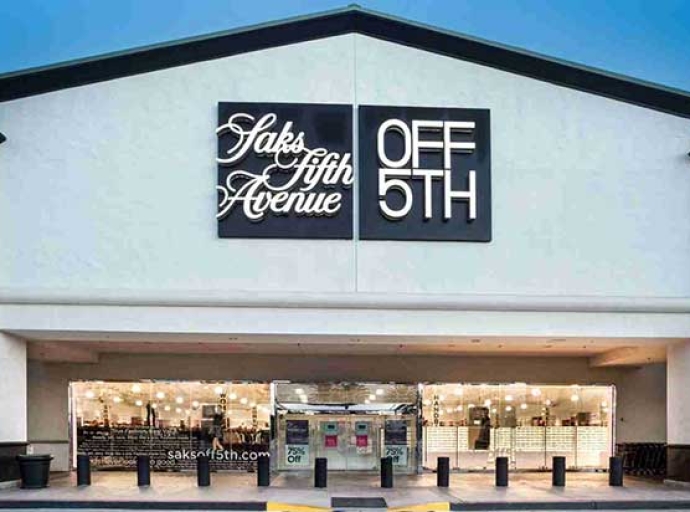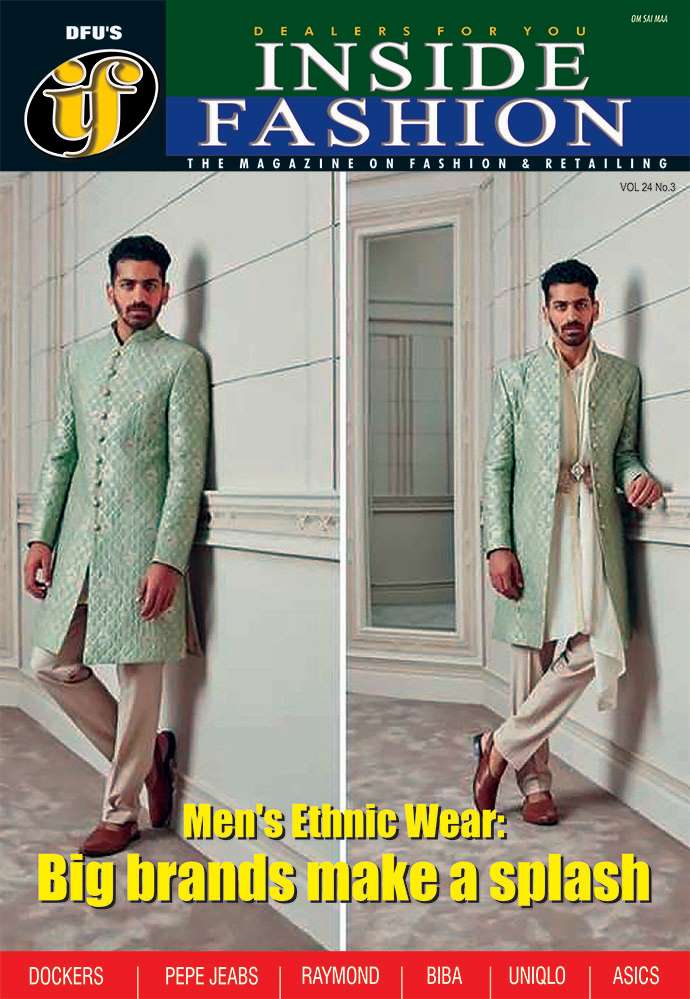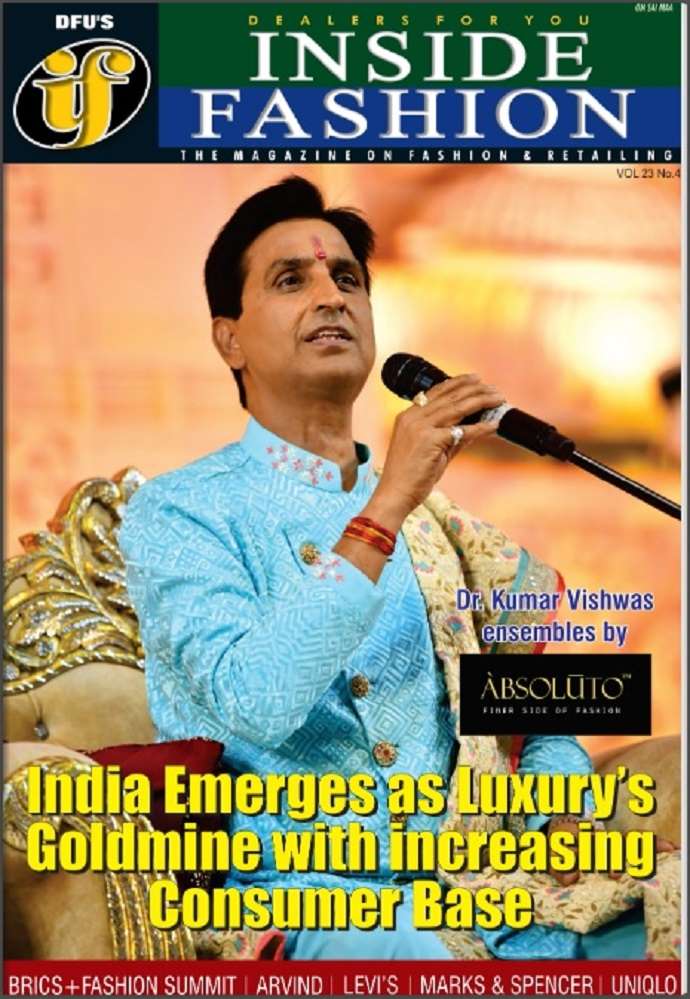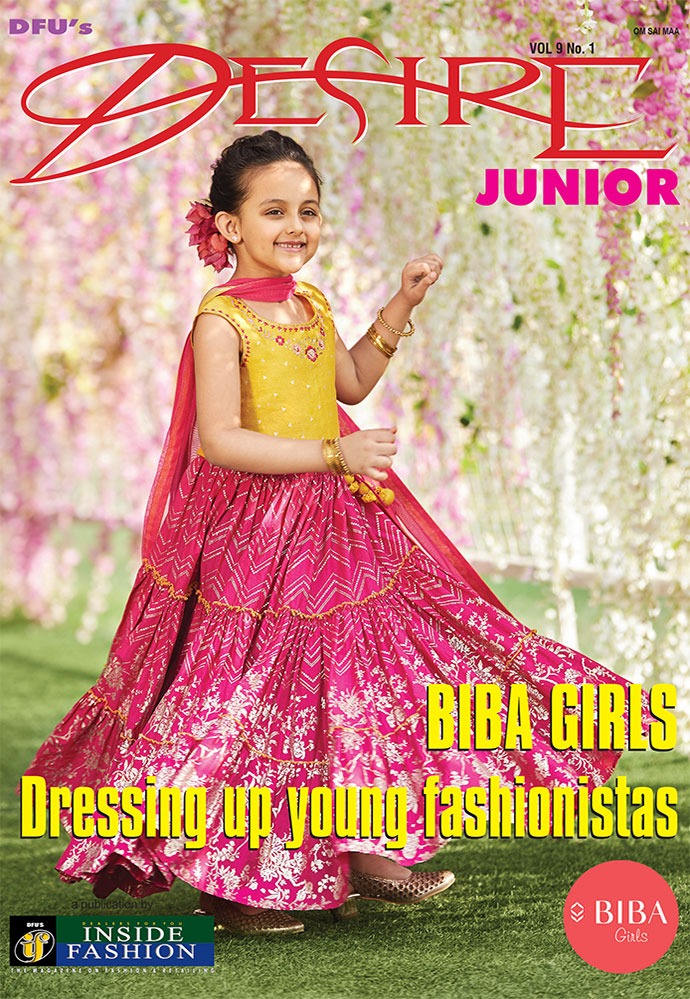Beyond the Hype: How India is stitching its own streetwear story

03 June, Mumbai 2025
Just as Western fashion critics began drafting obituaries for streetwear, a bold and spirited chapter was unfolding on Indian streets. What once seemed like a borrowed aesthetic—oversized hoodies, graphic tees, and the omnipresent sneaker—has evolved into something distinctively homegrown.
In India, streetwear is no longer just an echo of international trends; it's a cultural movement driven by youth energy, digital awakening, and entrepreneurial fire. The result: A thriving, desi version of streetwear that’s unapologetically Indian and full of soul.
A movement in motion
While the global streetwear scene has splintered into various offshoots like gorpcore and quiet luxury, in India, the culture is still riding its first big wave.
This wave is propelled by one of the youngest populations in the world—over 65 per cent of Indians are under 35—many of whom are digital natives. Constant exposure to platforms like Instagram, YouTube, and Pinterest has plugged these Gen Z and millennial consumers into global streetwear narratives, sneaker culture, hip-hop, and skateboarding.
But it's not just about access to trends. India's own subcultures are flourishing. The homegrown hip-hop scene, with icons like Divine and Naezy and the mainstreaming influence of films like Gully Boy, has injected raw urban energy into streetwear.
Simultaneously, cities like Bengaluru and Delhi are nurturing skateboarding communities, while street art, graffiti, and mural festivals add visual fuel to the fire. Combine that with rising disposable incomes and a burgeoning aspirational middle class, and you get a fashion ecosystem that’s eager to express identity through clothing.
Individuality is key. For India’s youth, streetwear offers rebellion against uniformity. It’s not just about style—it’s about standing out, about staking claim to a personal narrative in a culture that often emphasizes conformity.
Desi Cool: Rewriting the aesthetic code
Indian streetwear’s most exciting evolution lies in how it blends global silhouettes with hyperlocal storytelling. It’s not a mere case of slapping an elephant or a paisley on a T-shirt; it’s about embedding culture, tradition, and attitude into design. Brands are increasingly weaving handloom textiles like khadi, ikat, and block prints into modern silhouettes. The result is streetwear that breathes and moves with the Indian climate and lifestyle.
Moreover, the language of design is becoming more vernacular. Local scripts, regional art forms, mythological figures, and even pop-culture nostalgia—from 90s Bollywood to roadside iconography—are being reimagined as wearable art. Many of these pieces carry subtle (and sometimes not-so-subtle) social commentary, tackling everything from gender norms to political satire.
This ‘Desi Cool’ is no longer an emerging concept—it's a fully-formed identity. Streetwear in India is evolving into a tool for cultural pride, creativity, and resistance, rooted deeply in the soil it walks on.
Behind the seams market forces at play
Although hard data on Indian streetwear as a standalone category is still developing, broader market indicators show promise. The Indian sneaker market, which forms the bedrock of this movement, was valued at approximately $3.76 million in 2024 and is projected to reach $6.46 million by 2033, growing at a CAGR of 5.89 per cent, according to IMARC Group. The overall apparel market is similarly growing, particularly through e-commerce.
Platforms like Myntra, Ajio, Nykaa Fashion, and niche sneaker boutiques like VegNonVeg and Superkicks have played important roles in streetwear's accessibility. Equally important is the direct-to-consumer model that allows independent brands to leverage social media, limited drops, and influencer marketing to grow loyal communities organically.
Today, the dominant streetwear consumer is between the ages of 16 and 35, residing primarily in Tier I, II cities, though adoption is gradually filtering into smaller towns. Popular product categories range from sneakers and graphic T-shirts to oversized shirts, joggers, utility wear, and accessories like caps and sling bags. Retail channels are diverse—e-commerce, multi-brand stores, pop-ups, and experiential concept shops.
The fabric of change, Indian streetwear’s DNA
Indian streetwear is defined by a remarkable shift in influence—from mimicking Western brands to a unique fusion of global fashion with indigenous narratives. Designers are now using indigenous textiles like khadi and handloom alongside organic cotton and recycled fabrics, aligning with growing environmental consciousness.
Aesthetically, the landscape is diverse. Some labels prefer clean, minimalist lines, while others opt for bold, graphic-heavy designs infused with regional art forms and scripts. Beyond visual appeal, messaging is central. Brands are leaning into storytelling—sharing tales of marginal communities, celebrating regional identities, and amplifying voices often left out of the mainstream fashion conversation.
As the sector matures, a new focus on sustainability is emerging. More brands are exploring ethical production, eco-conscious sourcing, and slow fashion models that prioritize quality over quantity.
Labels defining the scene
India’s streetwear boom is being shaped by an eclectic mix of pioneering and underground brands. VegNonVeg, co-founded by Anand Ahuja and Abhineet Singh, is more than a sneaker store—it’s a cultural landmark. Besides selling global footwear, their in-house apparel line and community-driven events have galvanized the sneaker scene in India.
Then there’s Huemn, a brand known for androgynous silhouettes and socially engaged themes. With collections that delve into mental health, identity, and politics, Huemn has become a darling of both critics and fashion-forward consumers.
Jaywalking, helmed by Jay Jajal, channels the chaos and grit of urban India into deconstructed, oversized, and raw silhouettes. With a strong celebrity following and a fearless design philosophy, Jaywalking has redefined what homegrown edge looks like.
SIX5SIX STREET merges streetwear with sportswear, producing gear for Indian sports teams while collaborating with artists and musicians. Almost Gods stands apart with its blend of art history, streetwear silhouettes, and philosophical musings, earning global street cred in the process.
Other notable names include NorBlack NorWhite, which reimagines traditional textiles like bandhani and ikat; Rising Among, known for minimalism and high craftsmanship; and a host of emerging brands such as Delhiwear, Comet Wei, Fuyuki, Warping Theories, and Biskit—each bringing fresh ideas to the table, from anime inspiration to gender-fluid expression.
From studio to street
Jaywalking’s distinctiveness lies in its ability to transform Indian street grit into luxury-grade avant-garde fashion. Oversized fits, bold graphics, and artistic deconstruction make the brand both confrontational and alluring. Despite a global design language, its energy is unmistakably Indian.
VegNonVeg, meanwhile, has cultivated a sneaker-first streetwear culture where none existed. By organizing community events, sneaker drops, and educating consumers, they’ve made sneaker culture accessible and aspirational. Their apparel complements this ethos—clean, comfortable, and effortlessly cool.
Potholes and possibilities
Despite its buzz, Indian streetwear faces tangible hurdles. Competing against international fast-fashion giants is no small feat. For many homegrown labels, maintaining ethical production and managing scaling logistics present constant challenges. Price sensitivity also remains an issue—balancing premium quality with affordability is a delicate act.
There’s also the challenge of awareness. Many consumers still equate homegrown with ‘lesser than’ not fully appreciating the craftsmanship and storytelling behind these labels. Reaching Tier II, III audiences will require both education and infrastructure.
However, the opportunities are vast. The untapped domestic youth market holds immense potential. There’s also growing global curiosity about Indian design and culture, opening doors for international expansion. Moreover, India’s legacy in natural fabrics and handlooms positions it uniquely for leadership in sustainable fashion. Collaborations—with artists, musicians, and even tech brands—could further deepen engagement.
The pulse of the pavement
What truly powers Indian streetwear is community. Whether it’s sneakerhead forums, Instagram fashion influencers, underground hip-hop crews, or flea markets—this culture thrives on connection. Offline events like pop-ups, music festivals, and curated exhibitions are emerging as vital spaces for dialogue and discovery. While large-scale conventions like Sneaker Con haven’t yet landed, the grassroots momentum is undeniable.
India’s global style statement
The road ahead for Indian streetwear is vibrant and layered. Expect to see deeper explorations into regional Indian stories—from Tamil typography to Manipuri textiles—forming the basis of future collections. Eco-conscious design is poised to become standard practice, not a niche. Brands may even embrace tech innovations such as smart textiles, AR try-ons, or fashion NFTs.
As global markets look East for fresh inspiration, Indian brands are well-positioned to make their mark. The rise of hyperlocal narratives—stories that once felt too specific—are now resonating with wider audiences craving authenticity.
Streets as the new runway
Indian streetwear is not merely following a trend; it’s creating a movement. It reflects a generation that is assertive, globally savvy, and proudly rooted in its Indian identity. As homegrown designers reinterpret global aesthetics through a uniquely Indian lens, the country isn’t just contributing to global fashion—it’s rewriting its rules. The streets of India are buzzing, and they’re not whispering—they’re roaring.
Latest Publications
































